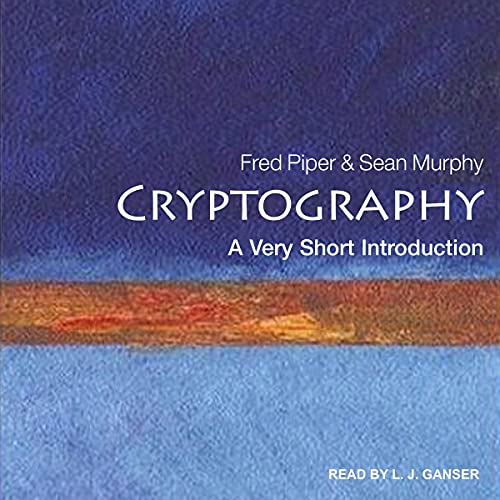What do you think?
Rate this book


4 pages, Audible Audio
First published May 30, 2002

 Description: This book is a clear and informative introduction to cryptography and data protection--subjects of considerable social and political importance. It explains what algorithms do, how they are used, the risks associated with using them, and why governments should be concerned. Important areas are highlighted, such as Stream Ciphers, block ciphers, public key algorithms, digital signatures, and applications such as e-commerce. This book highlights the explosive impact of cryptography on modern society, with, for example, the evolution of the internet and the introduction of more sophisticated banking methods.
Description: This book is a clear and informative introduction to cryptography and data protection--subjects of considerable social and political importance. It explains what algorithms do, how they are used, the risks associated with using them, and why governments should be concerned. Important areas are highlighted, such as Stream Ciphers, block ciphers, public key algorithms, digital signatures, and applications such as e-commerce. This book highlights the explosive impact of cryptography on modern society, with, for example, the evolution of the internet and the introduction of more sophisticated banking methods.